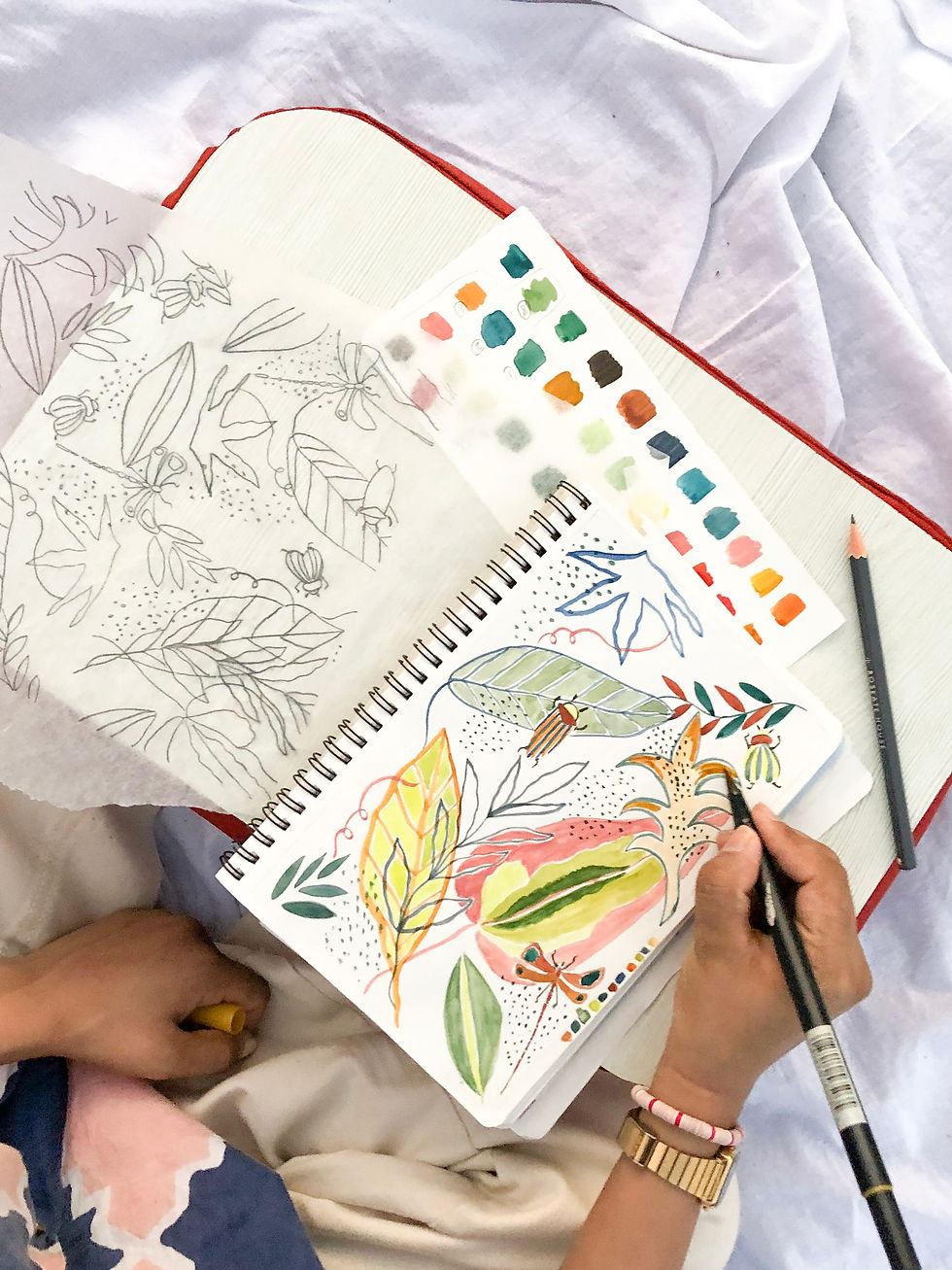Textiles 360° // Khadi
- HOWS

- Jul 27, 2016
- 4 min read
As with many textiles, the more one looks into the history of khadi, the more fascinating it becomes. Textiles are such a regular part of our day-to-day lives that we mostly don't give them a second thought, beyond how they make us look and feel when we wear them. But as we now know from The Rich World of Textiles (read our blog article here!), cloth in fact has incredible stories to tell, and khadi is no exception.

A woman in Patan, Nepal, hand spins cotton thread on a spinning wheel.
Khadi is part of the mainstream lexicon of India, and is now gaining a following around the world thanks to the efforts of fashion pioneers and large brands. But what exactly is khadi?
Khadi: the cloth
Khadi cloth is simply fabric which is both hand spun and hand woven - it is entirely hand made. References to khadi in South Asia go as far back as the 6th century and you can find variations of khadi cloth today in Pakistan, Bangladesh and India.
Khadi is typically made from cotton but can also be made from silk, wool, or a blend of fibres. Not only is khadi environmentally friendly, it also maintains the intrinsic properties of cotton which are usually damaged during machine-processing. Its weave creates air pockets which make it cool in summer and warm in winter and its inherent strength makes it highly durable. Khadi cotton is most often found as a thick, textured cotton; the skilled weavers in Bengal, however, are able to weave a supremely fine khadi cotton known as mul mul, which has an almost translucent quality.
The way to discern khadi from machine-spun cloth is to check that the warp and weft yarn is not a uniform thickness. Mill-spun yarn will be of a standard thickness, whereas khadi yarn will be fatter in some areas and thinner in others. This rustic characteristic of khadi is one aspect of what it makes it so beautiful.
The use of the word "khadi" is often mixed with "muslin", which is a plain weave of cotton. It's believed that originally muslin comes from Mosul, in Iraq, but the association with khadi was developed as Bengal emerged as the main producer of muslin in the 17th and 18th centuries. While khadi is produced across the region, Bengal (today's Bangladesh and the Indian state of West Bengal) is renowned for producing the finest khadi. Bengal muslin has a mill-spun warp and hand-spun weft.
Khadi: the making
Once the fibre has been gathered (be it cotton bolls, silk cocoons or wool), it is carded to clean it of any debris. This is done using a manual, semi-mechanised or full mechanised machine that combs the fibre. It's a time-consuming task as the fibres are carded many times to ensure all waste is removed; be it the waxy residue from pashm goats, the vegetable matter left from the cotton seeds or the thick, outer parts of the silk cocoon.
The cleaned fibre is then spun into yarn on a charkha (spinning wheel) or spindle. The spinning thins out the fibres into a more standard thickness and gives length to the yarn while twisting it to give it strength. This yarn is measured and then prepared for the loom, where it is hand woven to create the cloth.
Khadi: the movement
The fascination of khadi lays beyond its striking simplicity and rich texture. Khadi was central to Ghandi's movement in the early 1900s; it represented the rejection of British colonial repression and a return to India's rich textile heritage.

"In India, khadi is not just a cloth, it is a whole movement started by Mohandas Karamchand Gandhi. The Khadi movement promoted an ideology, an idea that Indians could be self-reliant on cotton and be free from the high priced goods and clothes which the British were selling to them. The British would buy cotton from India at cheap prices and export it to Britain where it was woven to make clothes. These clothes were then brought back to India to be sold at hefty prices.
The Khadi movement aimed at boycotting foreign goods including cotton and promoting Indian goods, thereby improving India's economy. Mahatma Gandhi began promoting the spinning of khadi for rural self-employment and self-reliance (instead of using cloth manufactured industrially in Britain) in 1920s India thus making khadi an integral part and icon of the Swadeshi movement. The freedom struggle revolved around the use of khadi fabrics and the dumping of foreign-made clothes."
Source: http://en.wikipedia.org/wiki/Khadi
Repression by the British went much further than economic exploitation. Stories abound of the British cutting the thumbs off master weavers to prevent the local manufacture of fine khadi.
"The death knell (to the Indian cotton processing industry) was sounded by the advent of mill-made cloth in Europe and its large-scale import from Britain. The British systematically destroyed the Indian handloom sector, even torturing master weavers and cutting off their thumbs (this happened to many muslin weavers in Bengal), so that British-made cotton cloth from their mills would find a good market in India."
Source: http://www.openthemagazine.com/article/art-culture/weaving-a-fine-yarn
Khadi today
Khadi production and artisans have been supported by the government since the days of Independence, primarily through the Khadi and Village Industries Commission set up in 1957. However, it's large Indian brands like FabIndia who have brought khadi back into mainstream fashion in recent decades. More recently, pioneering Indian fashion designers like Aneeth Arora and Karishma Shahani Khan have taken khadi to the catwalk, re-defining this age-old textile into something urban and chic.
Unfortunately, the plight of many khadi spinners and weavers in India remains vastly unchanged from the days of Ghandi, so the social and economic impact and importance of khadi remains also just as relevant.





Comments